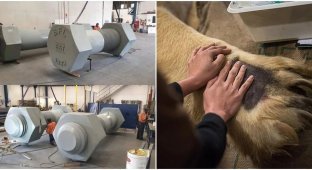17 incredible artifacts that still amaze people (18 photos)
Historical artifacts that have survived to this day are evidence of our ancestors' innovations and cultural heritage. They still amaze humanity and tell stories of forgotten cultures. In this post, you will see incredible historical discoveries that will provide a unique opportunity to immerse yourself in antiquity. 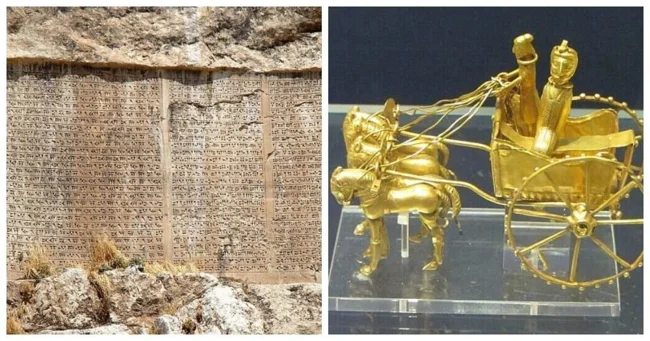
A pea pod made of boxwood, only ten centimeters long, was carved around 1500 by a German artist. It opens, inside there are peas, with scenes from the Book of Genesis carved out 
The rarity is in Berlin, in the Museum of Decorative Arts. The most amazing thing is that boxwood has increased hardness and durability and is similar in its properties to oak wood. At the same time, it is quite fragile, and requires extraordinary skill when processing. That is why miniatures made from this material are so amazing.
2. Roman mosaic in the Tetrastyle House in the archaeological park, Sardinia, Italy, 2nd century AD 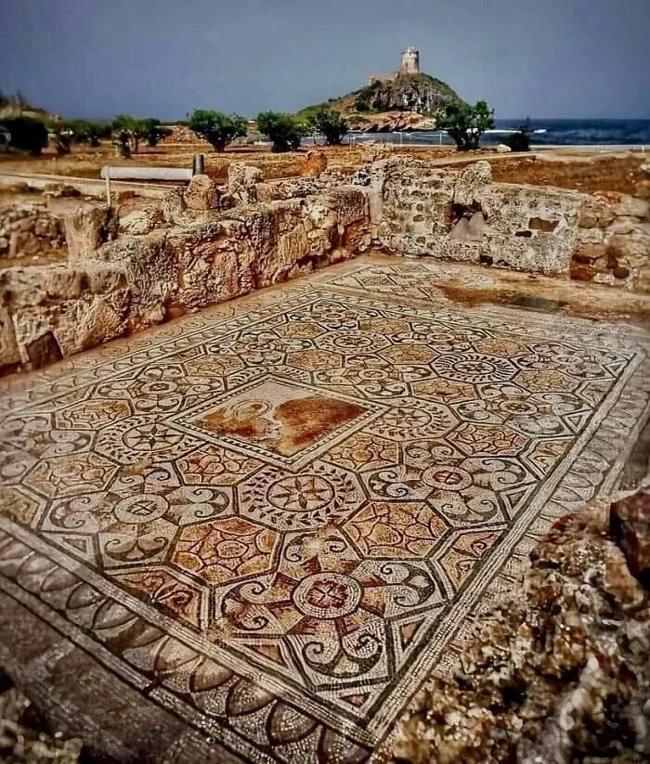
The excavations began in 1889, and delighted the world with valuable finds. In addition to the mosaic, archaeologists found a Phoenician cemetery and the ruins of a temple to the goddess Tanit.
3. Ancient glazed tile from the Processional Way leading to the Ishtar Gate, Babylon, built by King Nebuchadnezzar in 575 BC 
The way was surrounded by walls more than 15 meters high. The walls were decorated with more than 120 mosaic images of lions, bulls, dragons and flowers, made of enameled yellow and brown tiles, as well as inscriptions containing prayers to the god of Babylon, Marduk.
4. Ancient Persian vertical axis windmills dating back to 1000 are found in Nashtifan, Iran 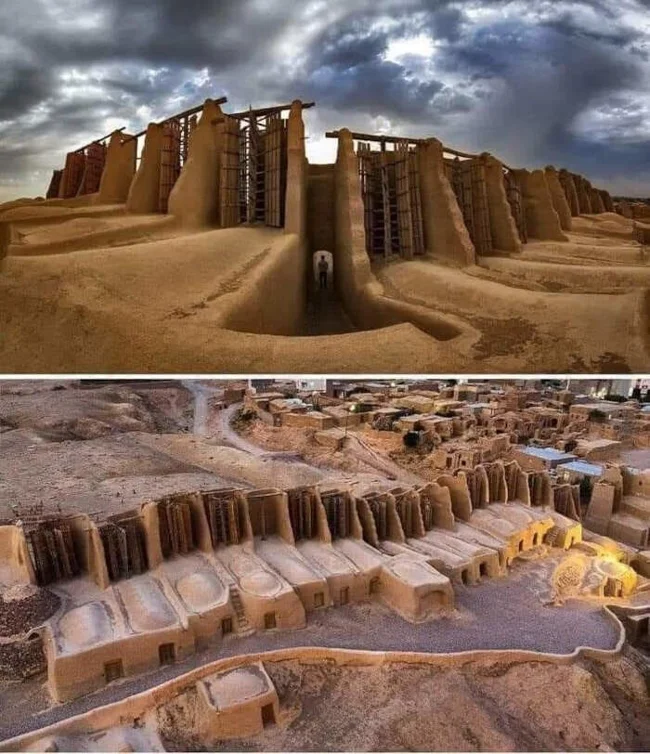
Not only are they relics, but they are still in operation. Made from natural materials like wood and reeds, they use the power of the wind to grind grain.
5. A rock crystal dagger, made around 3000 BC, in southwestern Spain 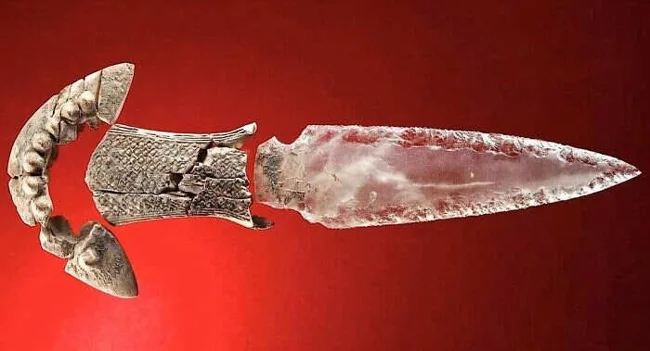
The discovery was made in the megalithic tomb of Montelirio Tholos. The unique 22-centimeter dagger was found in a separate chamber, the handle and sheath made of ivory were preserved. Scientists believe that it was used for ritual purposes.
6. Emerald glasses were made during the Mughal era: a dynasty that ruled in the 16th-17th centuries. They were made from a single emerald, weighing 300 carats, and were believed to have mystical properties 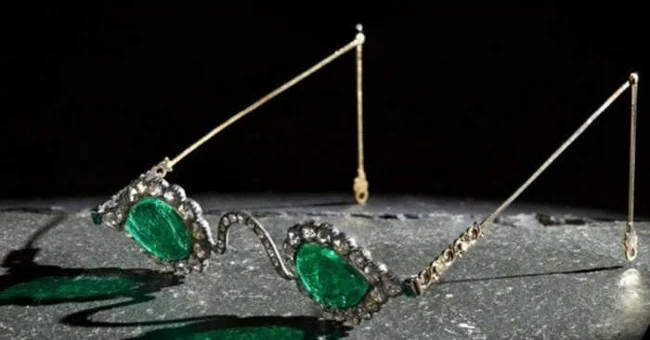
The glasses were called "Emeralds for Paradise".
7. A pair of sandals depicting bound enemies, Nubians and Asiatics, made of wood and covered with inlaid veneer of bark, green leather and gold foil on a molded base 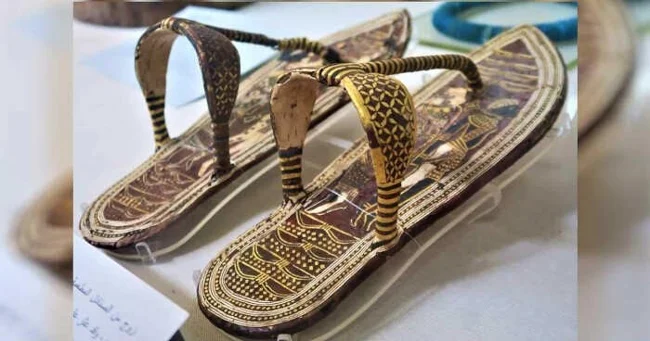
They were discovered in the tomb of Tutankhamun and are now on display in Egypt.
8. This exquisite miniature chariot made of gold is a testament to the art of the Achaemenid Persian Empire 
9. Hadrian's Villa is a UNESCO World Heritage Site comprising the ruins and archaeological remains of a large villa complex 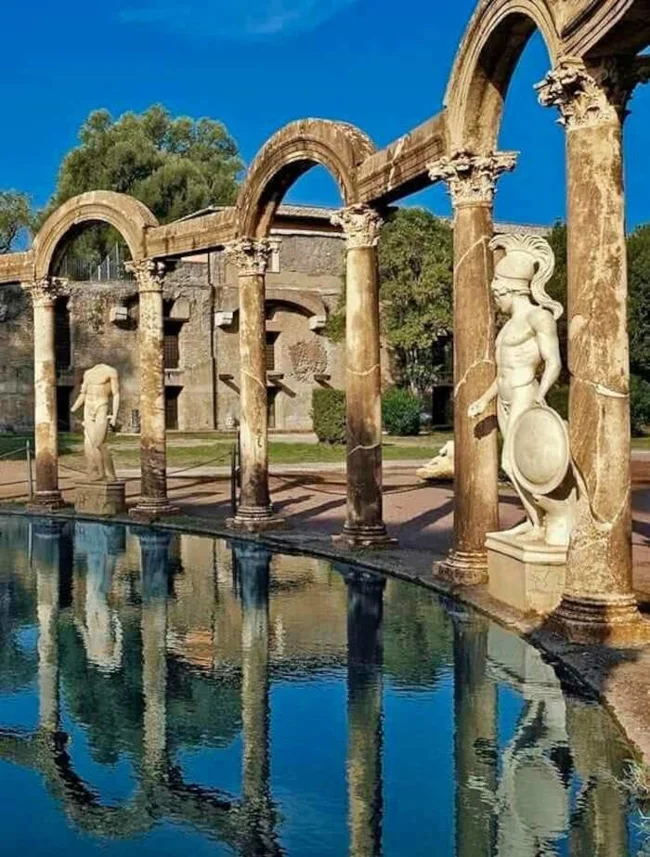
The complex was built by the Roman Emperor Hadrian, 120 AD, near Tivoli, a suburb of Rome. It contains more than 30 picturesque buildings located at different heights and surrounded by gardens.
10. The Manolis stone bridge over the Agrafiotis River in Greece. The bridge is underwater almost all year round, and only part of its arch is visible 
Except in the summer months, when the water level drops and the entire structure is visible again. According to the inscription, it was built in 1659 AD.
11. The medieval architectural complex of Dargavs in North Ossetia. A necropolis with 95 crypts, a unique landmark protected by UNESCO 
12. Detailing the hairstyle of a soldier from the famous terracotta statue of the army of the first emperor of China 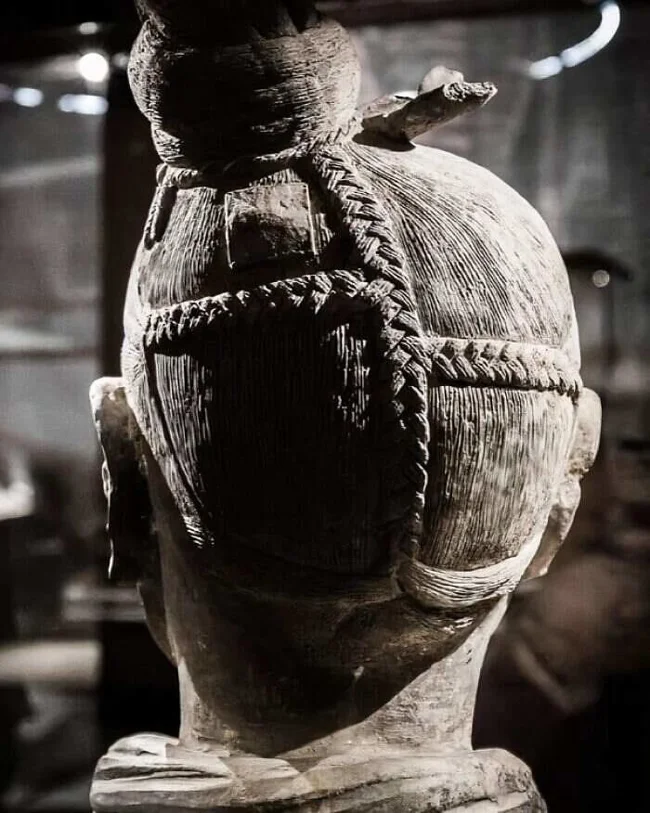
13. Miniature book of poems "road" - was presented by Queen Elizabeth of Romania to Princess Mary of Edinburgh 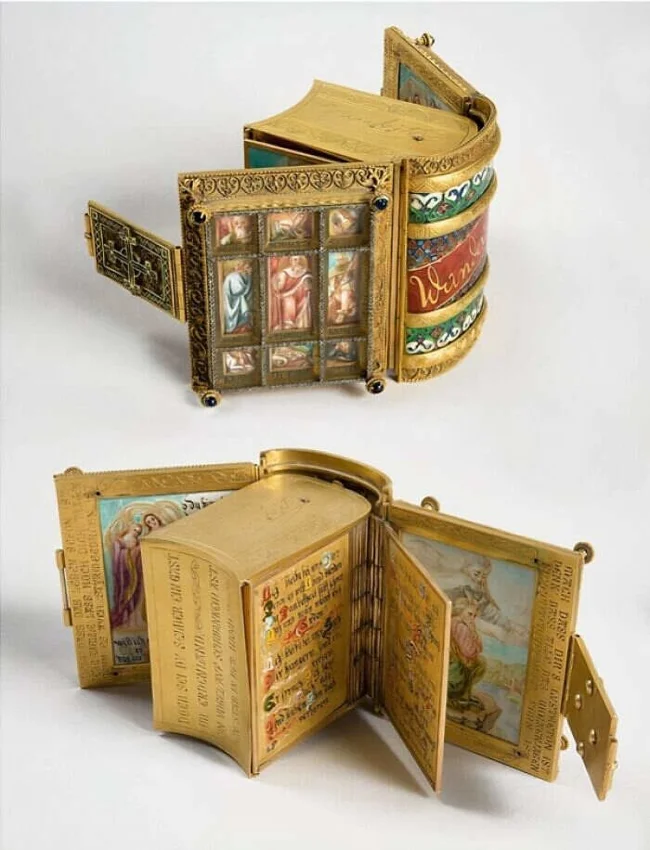
14. Golden Cicada on a jade leaf, Ming Dynasty, 1368-1644. Was discovered in a tomb in 1954. This is a hairpin that belonged to a high-ranking woman 
15. A pair of Victorian earrings carved from crystal, 1870s 
16. A Roman Cameo of Caesar Augustus, carved from chalcedony. The head was adorned with a gold laurel wreath. Beginning of the 1st century AD 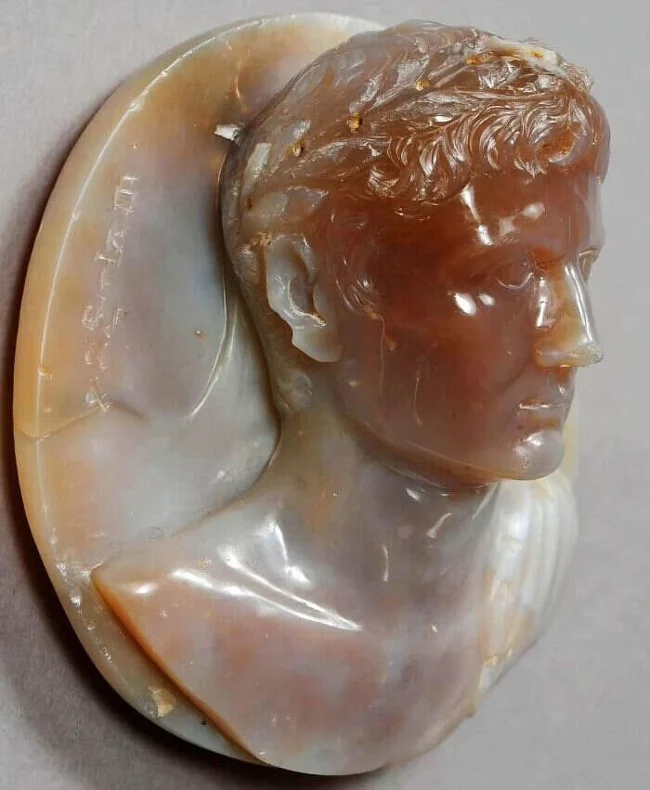
17. Inscription of Xerxes I, 5th century BC (trilingual cuneiform), located at a height of 20 meters above the ground on a smooth section of rock 
Located in the Van Fortress, near Lake Van in modern-day Turkey.


















